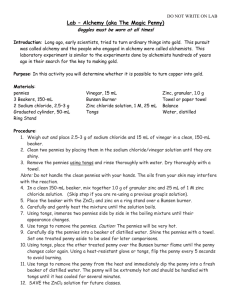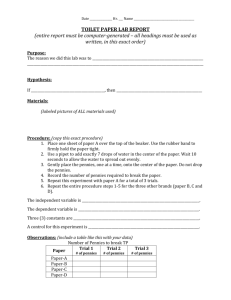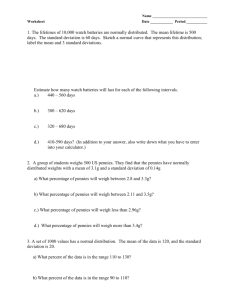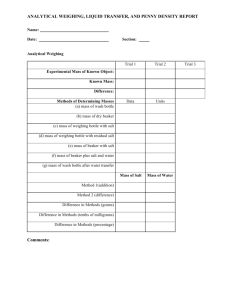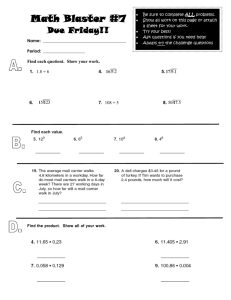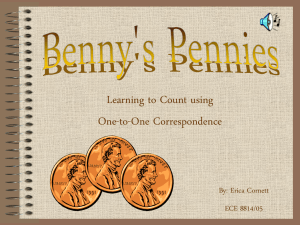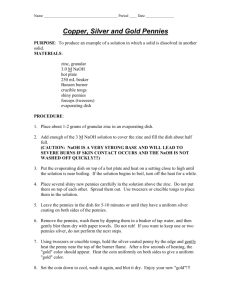“ALCHEMY” LAB Background information on alchemy Background
advertisement
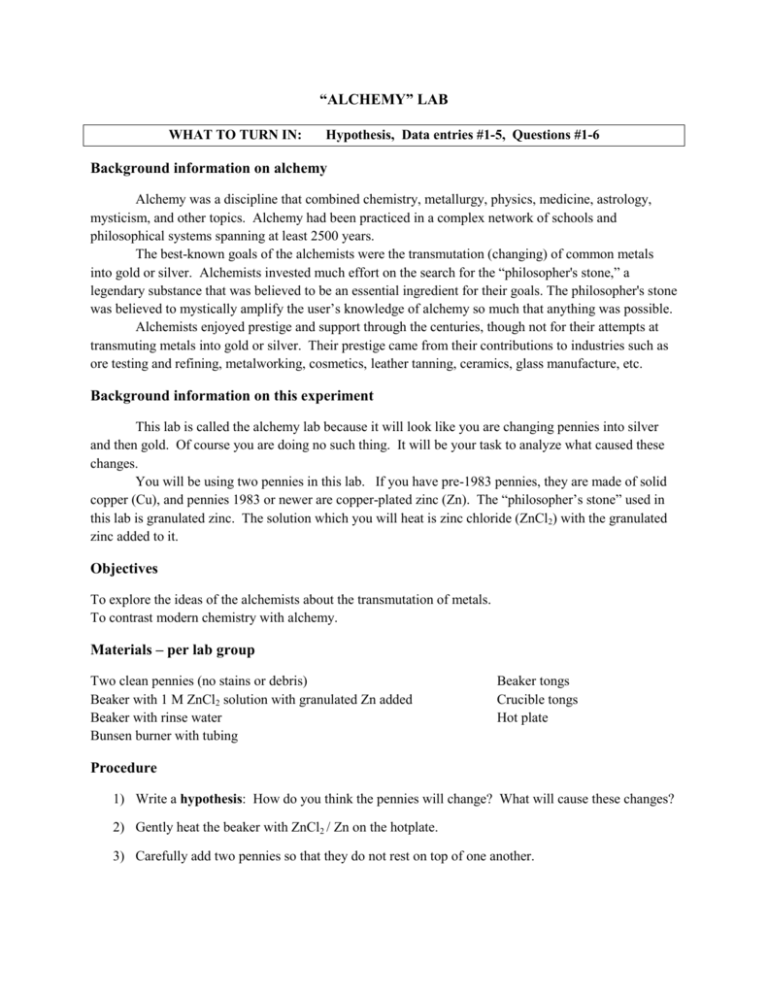
“ALCHEMY” LAB WHAT TO TURN IN: Hypothesis, Data entries #1-5, Questions #1-6 Background information on alchemy Alchemy was a discipline that combined chemistry, metallurgy, physics, medicine, astrology, mysticism, and other topics. Alchemy had been practiced in a complex network of schools and philosophical systems spanning at least 2500 years. The best-known goals of the alchemists were the transmutation (changing) of common metals into gold or silver. Alchemists invested much effort on the search for the “philosopher's stone,” a legendary substance that was believed to be an essential ingredient for their goals. The philosopher's stone was believed to mystically amplify the user’s knowledge of alchemy so much that anything was possible. Alchemists enjoyed prestige and support through the centuries, though not for their attempts at transmuting metals into gold or silver. Their prestige came from their contributions to industries such as ore testing and refining, metalworking, cosmetics, leather tanning, ceramics, glass manufacture, etc. Background information on this experiment This lab is called the alchemy lab because it will look like you are changing pennies into silver and then gold. Of course you are doing no such thing. It will be your task to analyze what caused these changes. You will be using two pennies in this lab. If you have pre-1983 pennies, they are made of solid copper (Cu), and pennies 1983 or newer are copper-plated zinc (Zn). The “philosopher’s stone” used in this lab is granulated zinc. The solution which you will heat is zinc chloride (ZnCl2) with the granulated zinc added to it. Objectives To explore the ideas of the alchemists about the transmutation of metals. To contrast modern chemistry with alchemy. Materials – per lab group Two clean pennies (no stains or debris) Beaker with 1 M ZnCl2 solution with granulated Zn added Beaker with rinse water Bunsen burner with tubing Beaker tongs Crucible tongs Hot plate Procedure 1) Write a hypothesis: How do you think the pennies will change? What will cause these changes? 2) Gently heat the beaker with ZnCl2 / Zn on the hotplate. 3) Carefully add two pennies so that they do not rest on top of one another. 4) Observe the pennies. When they turn “silver,” remove them with crucible tongs and place them in the rinse beaker. Remove them from the rinse beaker. 5) Grasp one of the “silver” pennies with crucible tongs, and heat it in the outer region of the flame, moving it in and out of the flame so as not to burn and melt the penny. 6) When the penny has changed color, remove it with crucible tongs and place it in the rinse beaker. Remove, dry, and observe. Data Entry 1) Entry 2) Entry 3) Entry 4) Entry 5) What years are listed on your group’s two pennies? Describe the changes in the pennies as they sat in the ZnCl2/Zn. How long did it take the pennies to change color in the ZnCl2/Zn beaker? Describe the changes in the penny held in the flame. How long did it take the penny to change color in the flame? Questions 1) Did the pennies turning “silver” involve a chemical change or a physical change? Why? 2) Did the pennies turning “gold” involve a chemical change or a physical change? Why? 3) Write an explanation for what happened to your pennies, including the following:. The “silver” pennies you made are not really silver. What element is the “silver” coating? The “gold” penny you made is not really gold. What is the “gold” really made of? How did this happen? 4) What is an alloy? How do alloys relate to this lab? 5) How does this lab relate to the concept of alchemy? How are your explanations different from an alchemist from pre-modern chemistry times? 6) Did the lab turn out as you expected? Why or why not?

